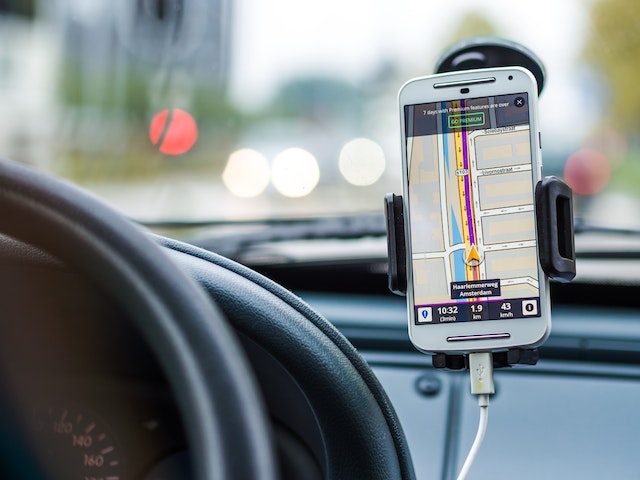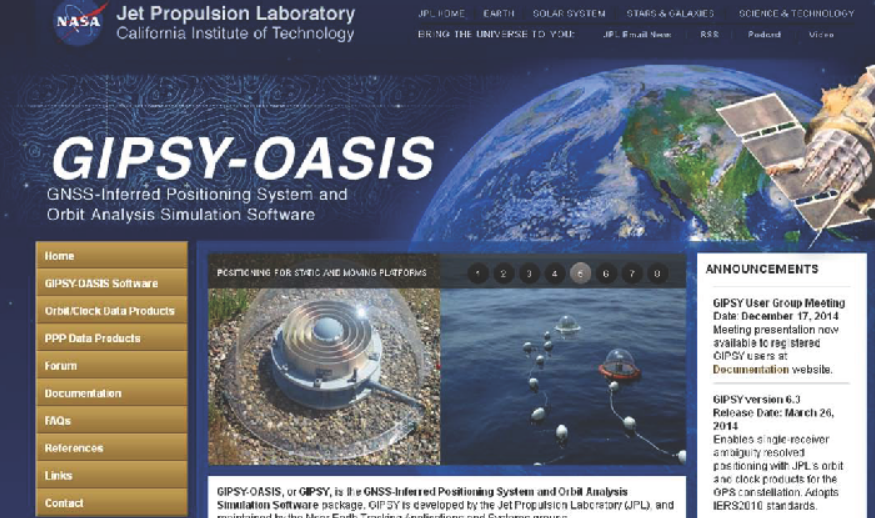GPS and VPS are two types of navigation systems used for navigating from place to place. While both of these systems are used to get from one place to another, there are some major differences between them.
Ready to know where they differ? Read on.
What is a GPS?
A GPS (global positioning system) receiver is a device used to determine the user’s location.
GPS, or Global Positioning System, is a satellite-based navigation system that is used worldwide and is available to the public. PS, formerly known as NAVSTAR, is a satellite constellation belonging to the United States. It is operated by the United States space force and was initially held in trust for military use, but is now available for private and commercial use.
GPS receivers can be found in various devices, such as smartphones, laptops, and cars. GPS receivers use a constellation of 24 satellites to determine their location. GPS receivers can be bought standalone or as part of a GPS navigation system.
Types of GPS
The GPS can be used for a variety of purposes. Numerous refinements have resulted in the various GPS systems available today. While the underlying mechanism is the same across all classes, the latter are better equipped to handle certain use cases. Here are some examples of GPS configurations:
1. A-GPS
Receivers of assisted global positioning system (A-GPS) signals can supplement their satellite-locating capabilities with data from nearby networks. When satellite signals are blocked, as they often are by obstacles like trees or buildings, people often resort to assisted GPS. Yet, A-GPS requires the presence of cellular networks.
When GPS was first made available to the public, it was quickly realized that some sort of assisted navigation system would be required. Assisted-Global Positioning System (A-GPS) technology is widely implemented in cellphones, allowing emergency call centers to acquire position data. This innovation shortens the time it takes for a mobile device to begin functioning and locks it into the GPS system, even if the incoming signal is weak or the user can see just two satellites.
2. S-GPS
Due to advancements in technology, it is now possible to broadcast GPS signals and voice calls at the same time using a technology called simultaneous GPS, or S-GPS. Better sensitivity is achieved through simultaneous transmission of both data kinds, rather than switching back and forth between the SPS signal and the telephone’s receiver. This is especially helpful in emergency situations, where the origin of a call needs to be identified as quickly as possible so that help can be dispatched.
3. D-GPS
Diffrential GPS, or D-GPS, is a method of improving the precision of position data collected with a standard GPS receiver. D-GPS is an improvement upon conventional GPS in that it gives a more accurate depiction of a thing’s or a person’s physical location.
Standard GPS accuracy is around 15 meters at best. D-GPS can reduce pinpointing errors to an unprecedented 1 inch (2.5cm). For this to function, a series of stationary ground stations calculate and transmit the offset between the known fixed locations and the satellite’s location. The United States and Canadian Coast Guards use D-GPS.
4. Non-differential GPS
Unlike differential GPS, which uses a combination of satellite and ground-based signals to determine location, non-differential GPS relies solely on satellite signals themselves. Although it is not as precise as D-GPS, its usefulness is far more extensive.
5. Cartography and non-cartography GPS\s
Mapping GPS is a sort of GPS unit that comes with in-built maps. An additional feature of the GPS navigator is the ability to download maps. This is the standard GPS module for smartphones and other portable electronics. Non-mapping GPS refers to a subset of gps devices that does not have preloaded maps. Without being able to see roads or landmarks, it displays your current location and the direction to get to your destination. It leaves trails of breadcrumbs to show you where you’ve been and where you need to go.
Example of a GPS:
The GIPSY OASIS navigation program is largely employed in geophysical and GPS studies. GIPSY OASIS is an acronym for Global Navigation Satellite System Inferred Positioning System Orbit Analysis Simulation Software. NASA is the official owner (NASA). This instrument utilizes three geodetic methodologies to quantify navigating, time, and positioning.

Satellite laser range (SLR), Doppler orbitography and radio positioning integrated by satellite (DORIS), and Global Navigation Satellite System (GNSS) are all examples of technologies that can be combined with geodetic parameters in GIPSY OASIS for usage on real or simulated data. Station locations, satellite orbits, earth orientation, etc. are all taken into account.
What is a VPS?
VPS or Vehicle Positioning System is a server that runs on a virtual infrastructure as opposed to a physical infrastructure. Whereas a traditional server is a single machine that runs a specific software application, a VPS uses multiple servers that are set up in a virtualized environment.
Simply put, VPS is a much more specific system, as it is used mainly in vehicles and is only available in certain areas. This allows for more flexibility and scalability than a traditional server, as well as the ability to run multiple applications simultaneously.
What is the main difference between a GPS and a VPS?
The main difference between GPS and VPS is that a VPS is more flexible and scalable than a traditional server. A GPS receiver is used to determine the user’s location, whereas a VPS uses multiple servers that are set up in a virtualized environment. Moreover, GPS is much more widespread and is used for a variety of purposes, from finding restaurants to tracking the location of an animal.
On the other hand, VPS is primarily used for navigation in vehicles and requires a much more specific setup. It is mainly used for navigation in cities and is not as widely available or used as GPS.
Summary
GPS and VPS are two different types of navigation systems. GPS is a space-based satellite navigation system that provides location and time information to a receiver anywhere on or near the Earth. VPS is a ground-based navigation system that uses ground stations to provide location, time, and other information to a receiver.